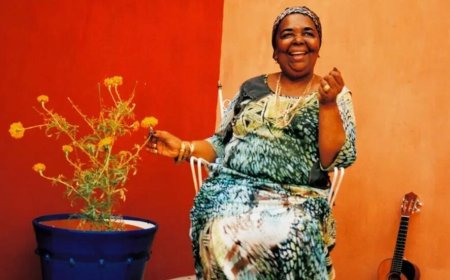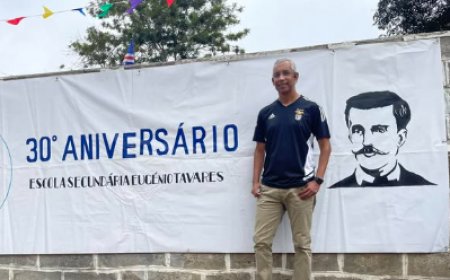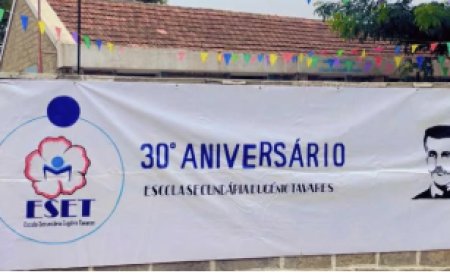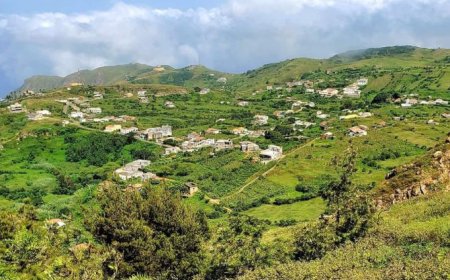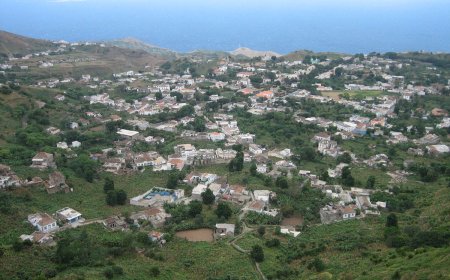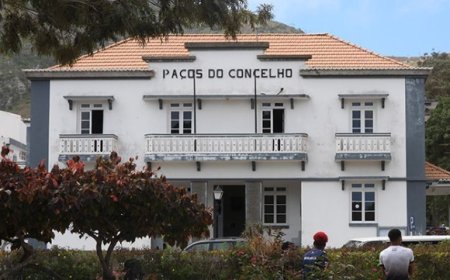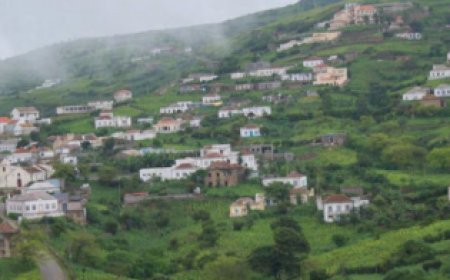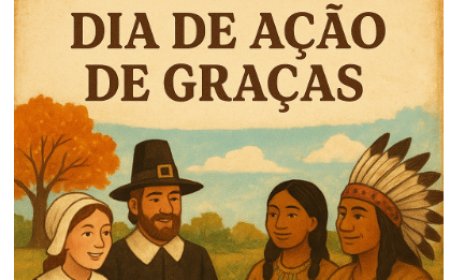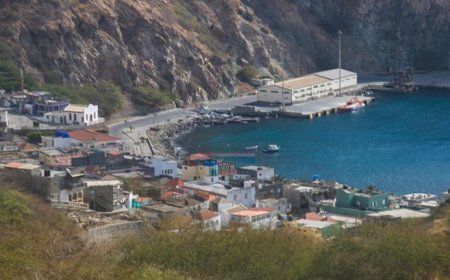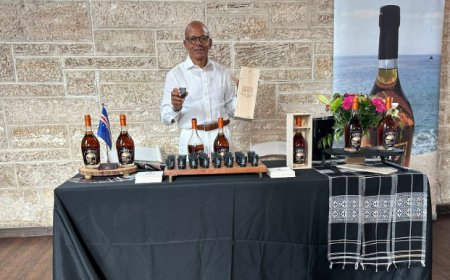Santo António/Brava: Coladeira fears loss of flag tradition
Maria Gonçalves, a reveler of one of the flags of Brava, fears that the monetary involvement to pay coladeiras in recent years jeopardizes the traditional traits and festivals of the island.

Maria Gonçalves, a reveler of one of the flags of Brava, fears that the monetary involvement to pay coladeiras in recent years jeopardizes the traditional traits and festivals of the island.
The party girl, better known as “Nha Barbinha”, from the town of Braga, city of Nova Sintra, came to play the “pylon” of Nhô Santo António in the town of Lém and it is she who told Inforpress a little of the history and ritual of this braven tradition.
The 65-year-old woman said that she has been playing the “pylon” for over 50 years, because it is something she found in her family and a legacy that she has passed on to her children and younger generations in Braga.
However, she added that she has been a Santa Cruz party girl for 24 years, and intends to fulfill the tradition while she is alive, reinforcing that she has a group of coladeiras and players for this party that is also known as “colinha” on Brava Island.
The party woman explained that the “pilon or kutxi” is a tradition of the flag, always made the day before the parties, in which many people usually participate, but added that this year the “pilon” of Santo António was not very popular with the population braven.
According to her, participation will be "weaker" each year, taking into account that young people are "no longer" so attached to traditional rituals and that many coladeiras are now charging to participate in these activities.
But she made it clear that she is the oldest of her group and the legacy she has passed on to the younger ones is that they participate in all kinds of flag festivals, but not to charge anything, because flags are not charged, especially money.
Usually, regarding this tradition, the same source said that the men play the drum, or even some courageous women, the other women sing and “glue” to the rhythm of the drumming and all those interested participate in the usual kutxi midjo and, in this same space, there are those who distribute food and drinks.
For the party girl, playing “pilon” is a joy “without measure”, it is a tradition that comes out of the “line of the heart” and as long as she is alive, it can be with a cane, as long as she can get up, she guaranteed that she will play the “pylon” always.
Regarding the flag, he considers it a “great satisfaction”, not least because, according to it, everyone is interested in celebrating it, but the one of Santo António cannot leave the Lém area, and that is why it and his group leave their area to celebrate in Lém, together with the revelers who took on this responsibility.
Hence, due to the importance that this tradition has on the island, Nha Barbinha stressed that it should not be forgotten or abandoned, because it is something that came many years ago, and that they should not charge the partygoers for this ritual, remembering that the that has always reigned is the distribution of food and drinks.
Likewise, she is of the opinion that young people should continue the traditions, because those who are celebrating until this date, are already at a certain age and with each passing day, they go backwards, hence, she asks them to engage in this tradition because the flag “cannot be buried” and it is the young people who have to prevent that from happening.
For the 12th, the blessing of the flag is scheduled for the eve of the day and the high point of these festivities takes place on Tuesday the 13th, Saint Anthony's Day, where the day starts very early, at 6:00 am with the parade to the mast, followed by from the solemn mass and procession, the traditional lunch and at the end of the day the boat to the mast.
